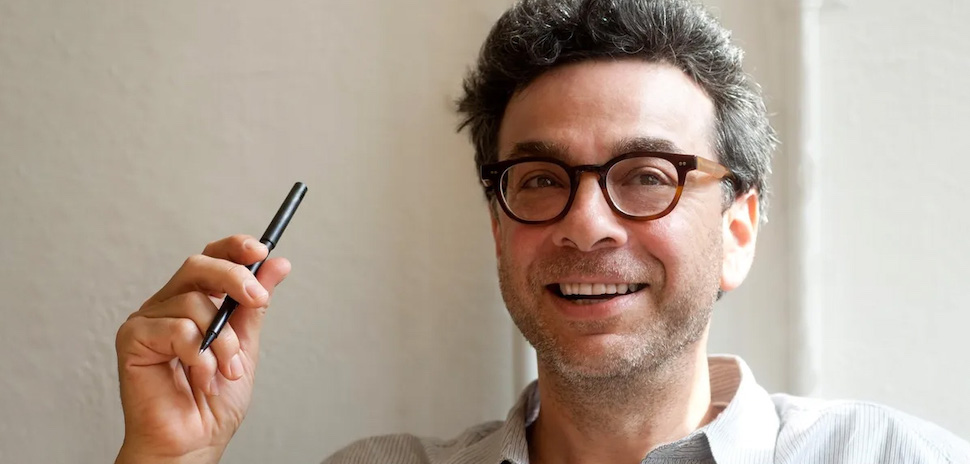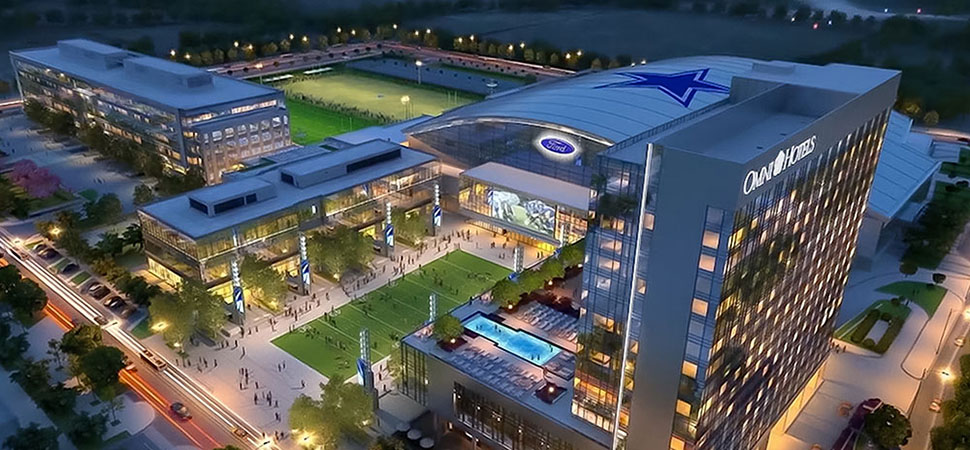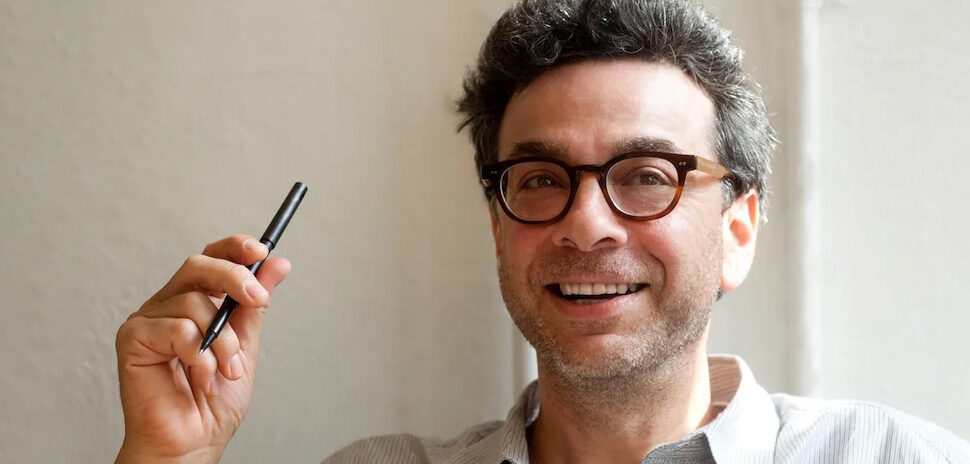Last week, we told you about the Freakonomics Radio podcast “Why Is Everyone Moving to Dallas?” Part two dropped yesterday, and this time it’s all about Frisco, Dallas’ fast-growing neighbor to the north. Its title: “How Did a Hayfield Become One of America’s Hottest Cities?”
Stephen Dubner is the host of Freakonomics Radio and co-author of the Freakonomics books, which have sold millions of copies worldwide. He was surprised to learn that Dallas-Fort Worth may soon overtake Chicago as America’s third-biggest metro area. So to find out why, he flew to North Texas to do a deep dive in all things Big D—and all that surrounds it.
Here’s what Dubner did this week:
First, he asked a big question.
“Frisco used to be just another sleepy bedroom community outside of Dallas,” he wrote in his podcast intro. “Now it’s got corporate headquarters, billions of investment dollars, and a bunch of Democrats in a place that used to be deep red. Is Frisco nothing more than a suburb on steroids—or is it the future of the American city?”

Stephen Dubner, host of Freakonomics Radio. [Photo: Audrey Bernstein]
He learned that Frisco is Dallas’ ‘frenemy.’
“We are absolutely competing with them,” Dallas Mayor Eric Johnson tells Dubner.
Former Dallas Mayor Laura Miller is still bullish on Dallas—”We have a great location, we have no income taxes, we have no snow to speak of, we have great margaritas and Tex-Mex”—but she’s worried about northern suburbs like Frisco attracting so many companies.
Cullum Clark, an economist at SMU and at the George W. Bush Institute, says that Dallas and its suburbs are both partners and competitors.
“Frenemies?” Dubner asks.
“Yeah, they’re frenemies,” Clark says. “And so it really is both good and bad for the city of Dallas to see this explosive growth in these suburban areas.”
He learned that Frisco has exploded in growth.
“If you go back just 35 years, we were a city of 6,000 people,” Jason Ford, president of the Frisco Economic Development Corporation, tells Dubner. “For the last 10 years we’ve been just exploding with growth, and we’re now up to 215,000.”
“We add, on average, about a thousand people per month in Frisco,” Ford says.
He toured The Star, Frisco’s ‘crown jewel.’
“The Star District feels like a mix of bustling community center, suburban park, and the nicest outdoor mall you’ve ever seen,” Dubner says.
“Jerry [Jones] got a sweetheart deal on the land,” Ford tells him. “But I’ll tell you, he under-promises and over-delivers. Originally, the investment was in the neighborhood of about $250 million. And today it is multiples of that.”
He found out Frisco is becoming a destination.
With the PGA of America relocating its HQ to Frisco from Florida, a massive Omni resort slated to join it, and a $75 million performing arts center planned, “all these amenities are making Frisco less a bedroom community and more of a destination,” Dubner says.
“You are probably familiar with the ‘new car smell’?” he adds. “Well, Frisco has a certain ‘new city smell.'”
He learned that Frisco ‘still needs Dallas.’
Ford tells Dubner that though Frisco has “virtually everything that we need on a day-to-day basis,” the city still needs Dallas.
“Dallas still has the major urban centers that we need in terms of some of the amenities that some of the executives still always look for,” Ford says. “What’s interesting is that Frisco tends to compete more with the other suburbs than it does Dallas proper. We have different features. For instance, we don’t have urban transit here, so a project that oftentimes might want urban transit might look for a Dallas solution. So they’re not going to look in the suburbs.”
He learned Frisco has become more diverse.
“In the year 2000, Frisco was 81 percent white—about what you’d expect for suburban Dallas,” Dubner says. “At the time, whites made up 71 percent of the statewide population. But just 20 years later, the statewide population had dropped from 71 percent white to 50 percent. And the white population in Frisco dropped from 81 percent to 57 percent.”
“Asians and Asian-Americans are now the second-largest group in Frisco, at 21 percent; and 12 percent of Frisco residents are Latino or Hispanic,” he adds.
He heard Ford try to close the sale.
Ford offers three big reasons why the Dallas-Fort Worth region has been attracting more newcomers than anywhere else in the U.S.
“There are three things that have made all the difference,” Ford says. “One is offering relatively affordable, high quality of life. Secondly, being an exceptionally welcoming place to newcomers of all kinds. And third, operating more or less commerce-friendly, growth-friendly policies, particularly in the suburban areas.”
Finally, he decided he would be back to visit North Texas again.
“After spending a little bit of time here, it’s easy to see why so many people are moving [to Texas],” Dubner says. “As Cullum Clark said, they’ve gotten a lot of things right. It’s imperfect, of course; what place isn’t? But the Dallas-Fort Worth metro is proving to be so many things for so many people.”
“I would like to find out for myself what happens here,” he adds. “I will be back to visit, that’s for sure. If the next 20 years are even half as interesting as the past 20, there will be so much to see, and learn.”
You can hear Freakonomics Radio’s full Part Two podcast here.
![]()
Get on the list.
Dallas Innovates, every day.
Sign up to keep your eye on what’s new and next in Dallas-Fort Worth, every day.


































































